Hot chocolate: comforting, decadent and sometimes surprising!
If there’s one pleasure we associate with winter, it’s hot chocolate. A treat for children and a guilty pleasure for adults, the chocolatey drink is a symbol of all that’s delicious and comforting. And as far as methods of preparation are concerned, there are as many as there are countries in which the tasty drink – formerly reserved for the elite – is enjoyed.
You might think that hot chocolate is particularly prized in northern countries. But while we appreciate it most in winter, it has also been enjoyed for ages in countries where the climate is more temperate. The first chocolate drink was made in Mexico around 2000 years ago. The Maya grew cacao trees and used its beans for therapeutic and ritual purposes.
Thanks to the great explorers, the Spanish discovered hot chocolate in the 16th century, and the rest of Europe followed the trend. In Spain at that time, however, only the aristocracy and members of the royal family could consume the tasty drink. Over time, its popularity grew and it became democratized in Spanish lands; today the residents very much enjoy a thick version, along with churros, for breakfast.
It was not until the 1820s, though, that chocolate finally became accessible to all. The people could then take advantage of the medicinal qualities of hot chocolate, because it was used until the 19th century to treat stomach problems and ease pain.
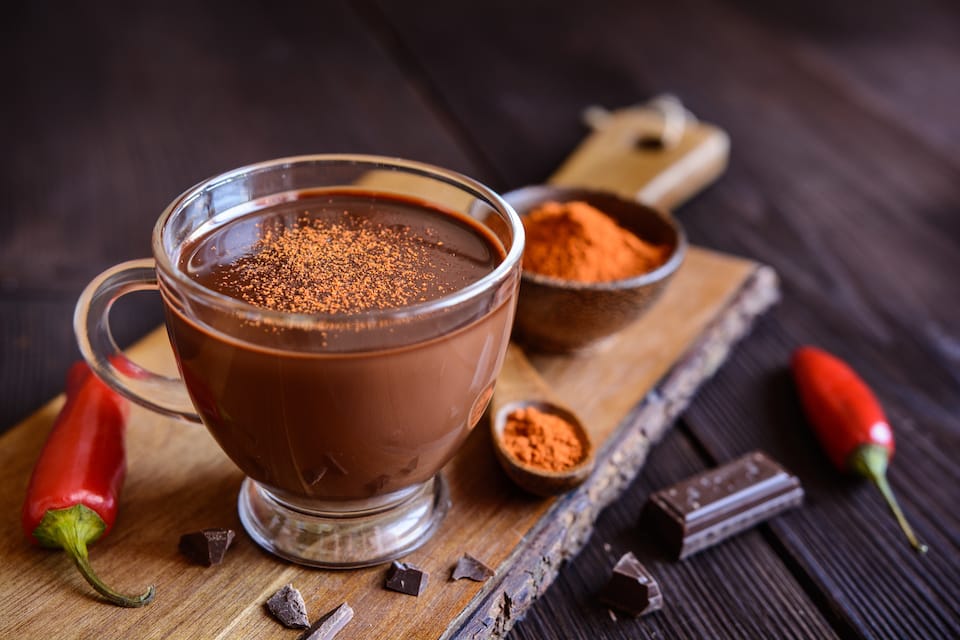
Unexpected combinations
Enjoyed today around the world, hot chocolate is made in numerous ways. Here, we generally make it using dark chocolate (ideally, 60 to 70 percent cocoa) or from unsweetened, powdered cocoa, milk, water or cream, for a traditional version. Add to these basic elements a whole variety of ingredients that make it sweeter, smoother, spicy or alcoholic.
There are also recipes without lactose, without gluten or that are vegan, the latter using almond, coconut or oat milk. Orange zest, agave or maple syrup, honey, vanilla, cinnamon, nutmeg, cardamom, fresh mint and Espelette pepper can create a distinctive flavour. And what about all those unexpected ingredients such as beets, dates or coriander?
While we thought that dark chocolate was indispensable for making a good hot chocolate, now white chocolate has entered the game! You mix it with pumpkin puree to obtain a delicious, spicy drink, or opt for a matcha-honey-coconut milk combination. Those looking to diverge from the beaten path will enjoy trying original recipes from elsewhere.
For example, there’s Brazilian or Irish hot chocolate incorporating, respectively, strong coffee or whisky, or the Creole version in which you’ll find an egg yolk.
 And then there are the garnishes!
And then there are the garnishes!
The secret of a good hot chocolate is not just in the ingredients used to make it, but also in those that crown it. Small marshmallows, grilled or not, come immediately to mind, as do a dollop of whipped cream (with or without caramel tracings), cinnamon, powdered cocoa or grated chocolate. But why not heap it with fancy whipped cream as they do in Vienna, or powder it with cheese as they do in Ecuador?
Whatever recipe is used to make it, hot chocolate is good for the soul…and the body. After all, isn’t cocoa a source of antioxidants?
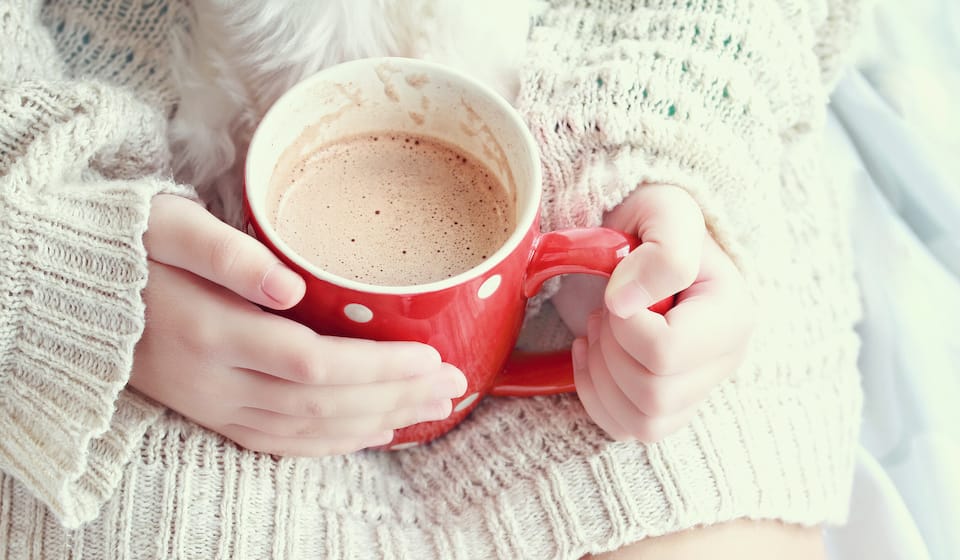

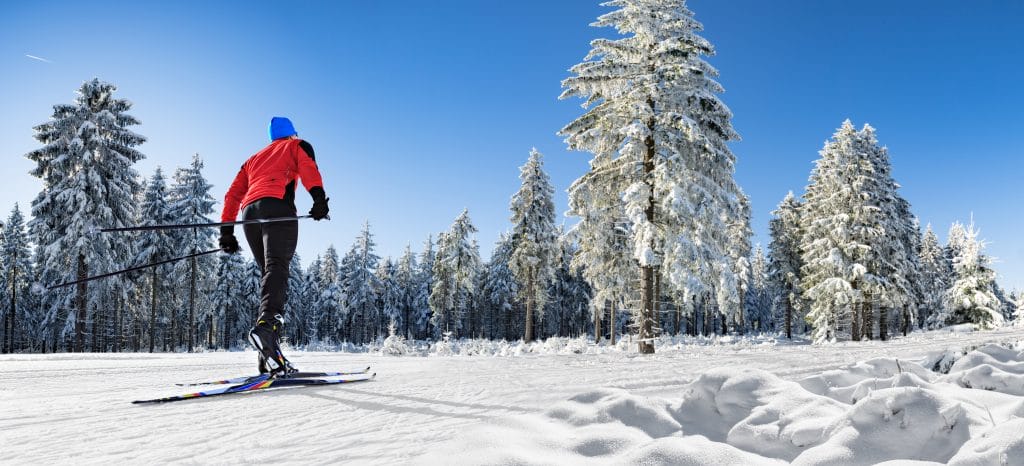
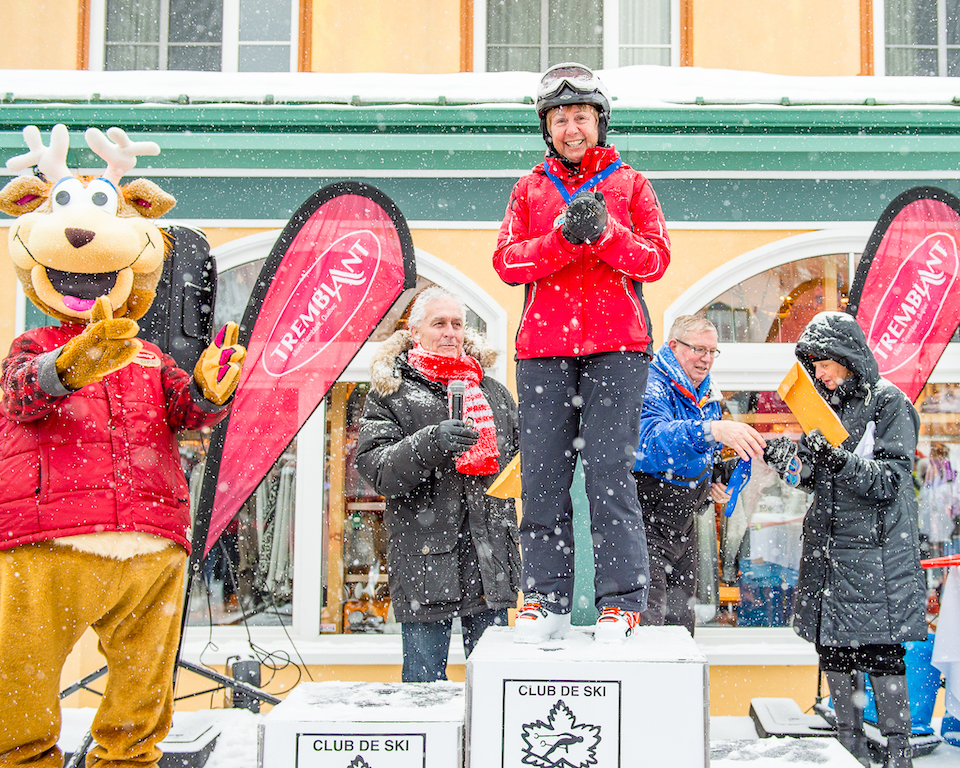

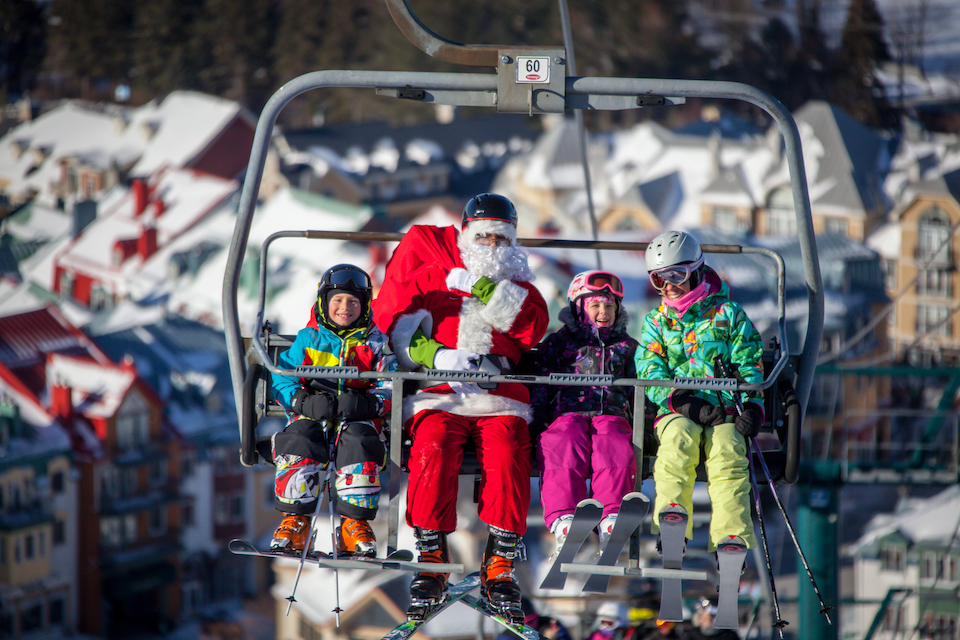

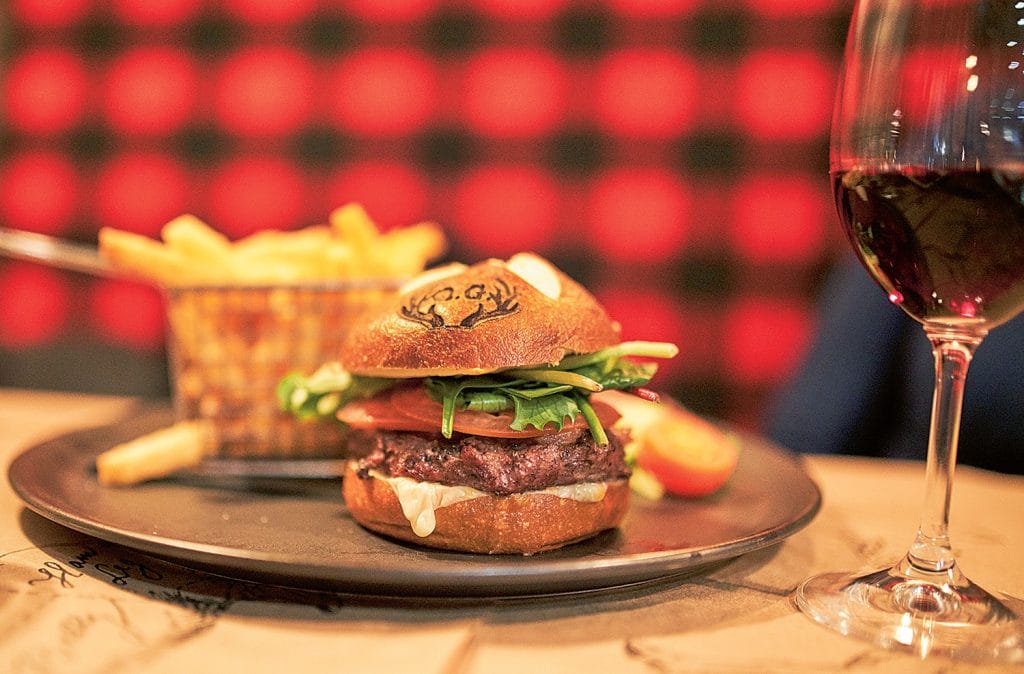
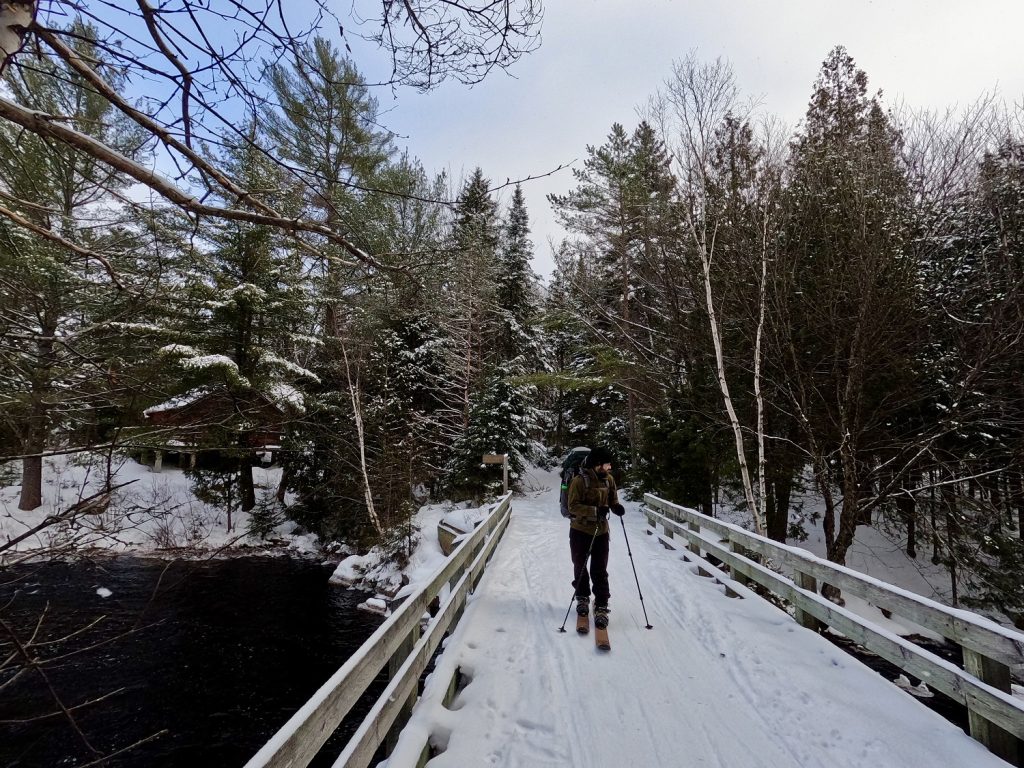



0 Comments